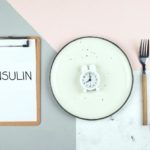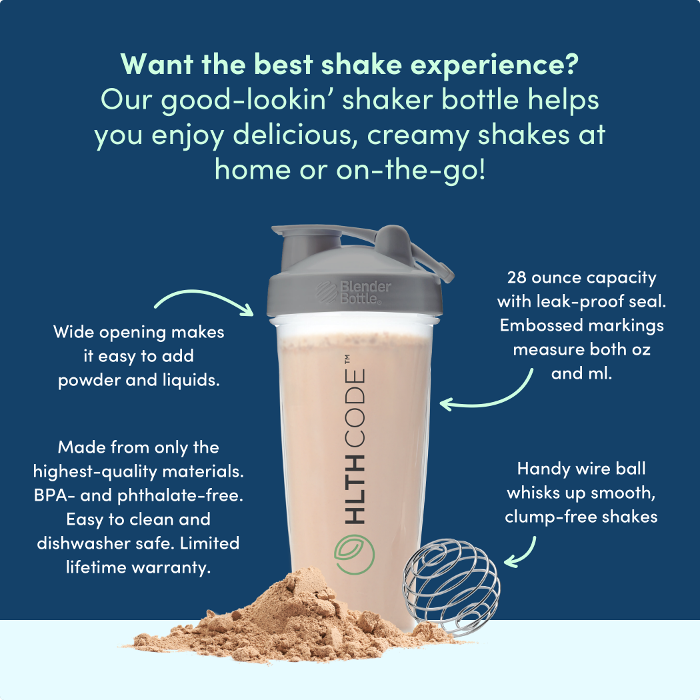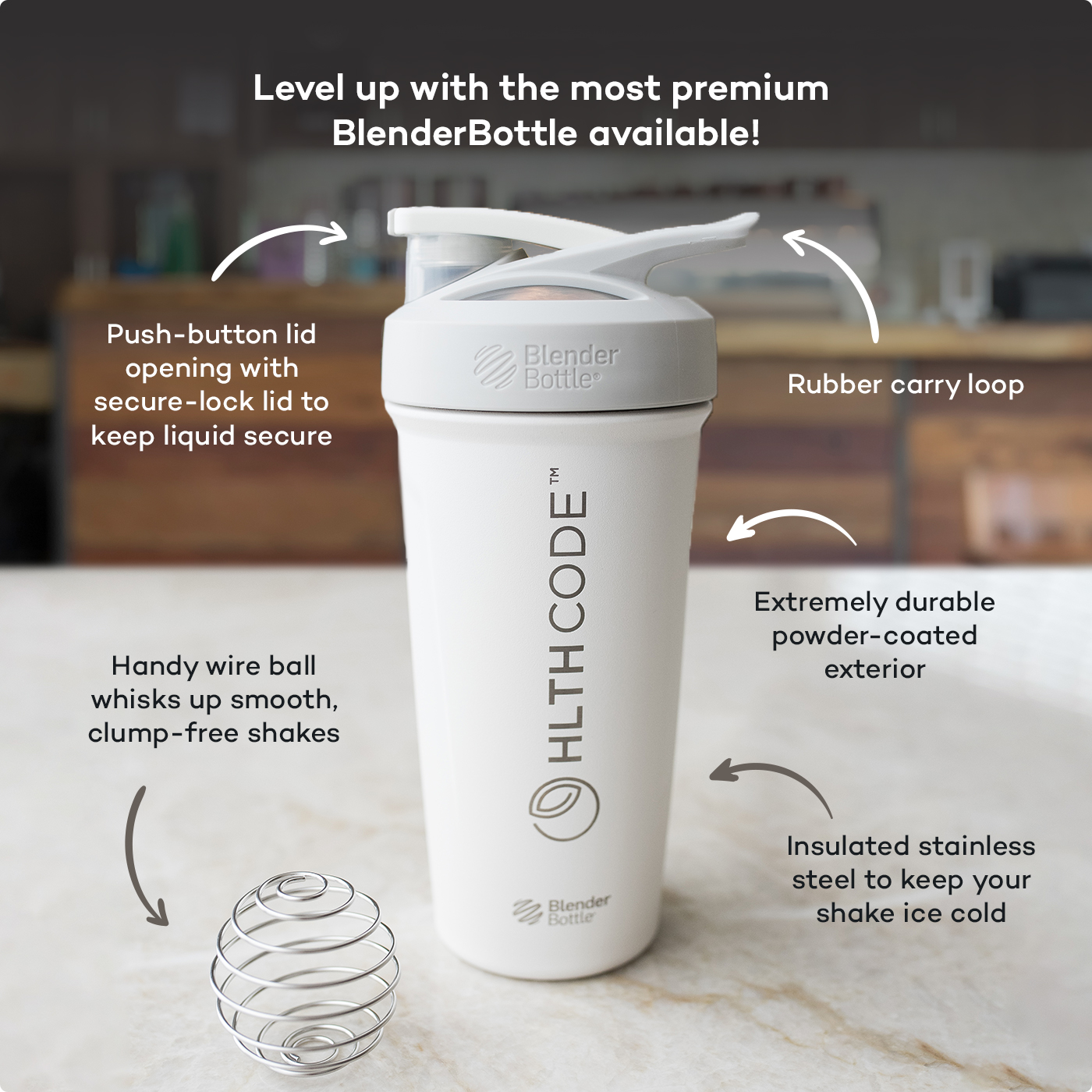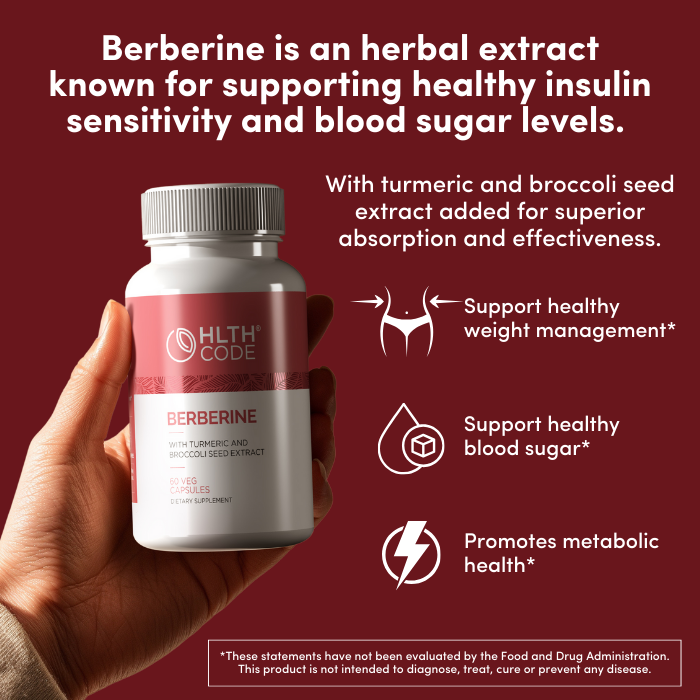Breaking A Fast

Dr. Bikman posted a statement on Instagram that sparked some great conversations and some wonderful questions. He said, “How you END your fast is the most important part of the fast.” Do you believe him? Let’s take a look at some of the science behind this statement and discuss best practices behind breaking a fast so that we can reap the maximum benefits from fasting.
Let’s start by establishing an understanding of some of the changes that take place in your body when you fast.
- Blood glucose levels normalize.1 Many of our bodies do a wonderful job of maintaining blood glucose in a very tight range, but this range is so much tighter when the systems aren’t constantly challenged with food intake.
- Insulin levels drop.2,3 Within a few hours of fasting, our insulin levels drop significantly and continue to stay low, allowing the body’s cells to become more sensitive to insulin.
- Inflammation decreases.4 Inflammation seems to be the root to many chronic diseases. Fasting mitigates systemic inflammation, especially in older and overweight adults.
- Ketones increase.3 As the body uses up glucose stores, it turns to fat for fuel, which produces ketones. Beyond the benefits of losing fat, ketone molecules themselves have protective effects in the brain and other parts of the body.5
- Lipid profile improves.6 While cholesterol doesn’t paint the whole picture of metabolic health, LDL-cholesterol decreases while HDL-cholesterol increases during a fast.
- Autophagy is enhanced.7 Autophagy is our cells’ housekeeping mechanism. It eliminates damaged organelles, misfolded proteins, and even pathogens. Fasting is one of the most potent stimulators of autophagy.
- Gut microbiome restoration.8 Gut health has an enormous impact on your overall health. Fasting improves gut barrier function and microbiome utility.
There are more benefits than those listed, and the list seems to get longer every day. These are just a few of my favorite benefits.
So, if you work hard to gain these benefits by sticking to your fasting regimen, wouldn’t you want to keep them going as long as possible? This is where Dr. Bikman’s statement regarding “how you end your fast” comes in.
Of course, you need to eat…no one can fast forever. That being said, there are a few things you should be aware of when breaking your fast. First, if you break your fast with foods that stop these beneficial processes, you have essentially slammed the door on your metabolic and other health benefits. You can keep many of the benefits going by breaking your fast with the right things. Try ending your fast with a low-carb, high-protein/high-fat meal to help keep insulin low. This means you continue to reap many of the benefits of fasting, including autophagy and ketosis, but you get the satisfaction of a full stomach.
Second, if you have completed a longer fast than you are used to, consider easing your way back into solid foods. For example, on days when I’ve fasted 30-40 hours or more, I typically break my fast with a broth, then drink a HLTH Code shake 30-60 minutes later, then I move to solid foods 1-2 hours after that. Your stomach will let you know if you’ve introduced food too quickly.
Finally, you should be aware of a phenomenon known as “refeeding syndrome”. This condition was first described after the second world war when prisoners of war were given food after prolonged starvation. Rapid feeding causes a rapid shift in electrolytes like phosphate, potassium and magnesium, potentially resulting in cardiac arrest and other life-threatening outcomes.9 While the risk of refeeding syndrome is low in most fasting regimens, it is important to be aware of it and bring your body back from fasting slowly.
While ending your fast properly certainly has a major impact on the benefits you receive, it isn’t the only thing you should be thinking about. Other aspects of a fast that are still important include:
- Hydration: We get about 20% of our water each day from food, so if you aren’t eating, you should be drinking at least 20% more water. Plus, staying hydrated seems to help you stay in ketosis better.10
- Staying pure: try to avoid artificial sweeteners, non-caloric drinks, or even non-caloric chewing gum. All of these may mitigate the benefits of your fast, so try sticking to water. Of course, if you’re new to fasting or need a little something to get you through a rough patch in your fast, a little flavor can go a long way.
- Start your fast right: Just like ending your fast with a low-carb, high-protein/high-fat meal keeps your benefits going, starting your fast with a similar meal will help kickstart the engine.
- Exercising during your fast: A recent study out of my lab showed that when we exercise at the beginning of a fast, we reach ketosis in about 17.5 hours of fasting. Without exercise, it takes closer to 21 hours of fasting to reach the same benefits.3 Exercise does so much good for you. Don’t skip it just because you’re fasting.
Regardless of where you are on your metabolic health journey, please work to incorporate regular fasting as part of your lifestyle. Adopting a few of these tips, especially ending your fast properly, will ensure that you are maximizing the benefits of your fast.
References
- Arnason TG, Bowen MW, Mansell KD. Effects of intermittent fasting on health markers in those with type 2 diabetes: A pilot study. World J Diabetes. 2017;8(4):154-164.
- Sutton EF, Beyl R, Early KS, Cefalu WT, Ravussin E, Peterson CM. Early Time-Restricted Feeding Improves Insulin Sensitivity, Blood Pressure, and Oxidative Stress Even without Weight Loss in Men with Prediabetes. Cell Metab. 2018;27(6):1212-1221 e1213.
- Deru LS, Bikman BT, Davidson LE, et al. The Effects of Exercise on beta-Hydroxybutyrate Concentrations over a 36-h Fast: A Randomized Crossover Study. Med Sci Sports Exerc. 2021;53(9):1987-1998.
- Johnson JB, Summer W, Cutler RG, et al. Alternate day calorie restriction improves clinical findings and reduces markers of oxidative stress and inflammation in overweight adults with moderate asthma. Free Radic Biol Med. 2007;42(5):665-674.
- Puchalska P, Crawford PA. Multi-dimensional Roles of Ketone Bodies in Fuel Metabolism, Signaling, and Therapeutics. Cell Metab. 2017;25(2):262-284.
- Heilbronn LK, Smith SR, Martin CK, Anton SD, Ravussin E. Alternate-day fasting in nonobese subjects: effects on body weight, body composition, and energy metabolism. American Journal of Clinical Nutrition. 2005;81(1):69-73.
- Bagherniya M, Butler AE, Barreto GE, Sahebkar A. The effect of fasting or calorie restriction on autophagy induction: A review of the literature. Ageing Research Reviews. 2018;47:183-197.
- Catterson JH, Khericha M, Dyson MC, et al. Short-Term, Intermittent Fasting Induces Long-Lasting Gut Health and TOR-Independent Lifespan Extension. Curr Biol. 2018;28(11):1714-+.
- Mehanna HM, Moledina J, Travis J. Refeeding syndrome: what it is, and how to prevent and treat it. Brit Med J. 2008;336(7659):1495-1498.
- Johnson REP, R. . Interrelations Among Post-Exercise Ketosis (Courtice-Douglas Effect), Hydration and Metabolic State. Metabolism Clinical and Experimental. 1959;9(5):443-451.
This article is for informational and educational purposes only. It is not, nor is it intended to be substitute for professional medical advice, diagnosis, or treatment and should never be relied upon for specific medical advice.


















